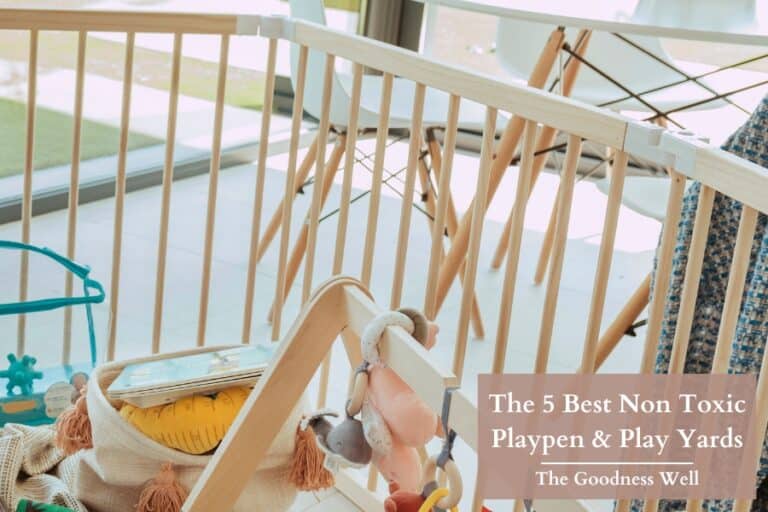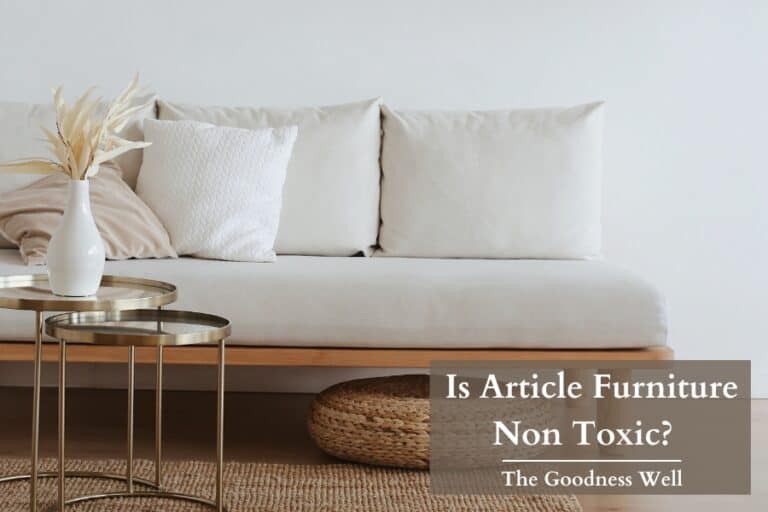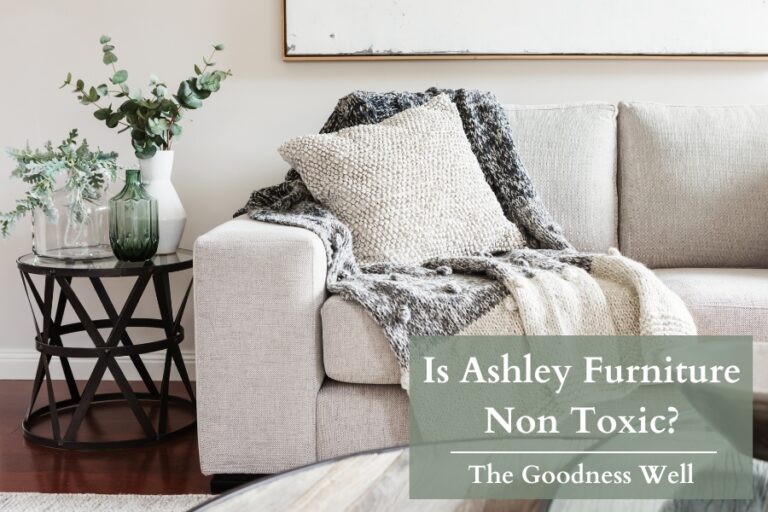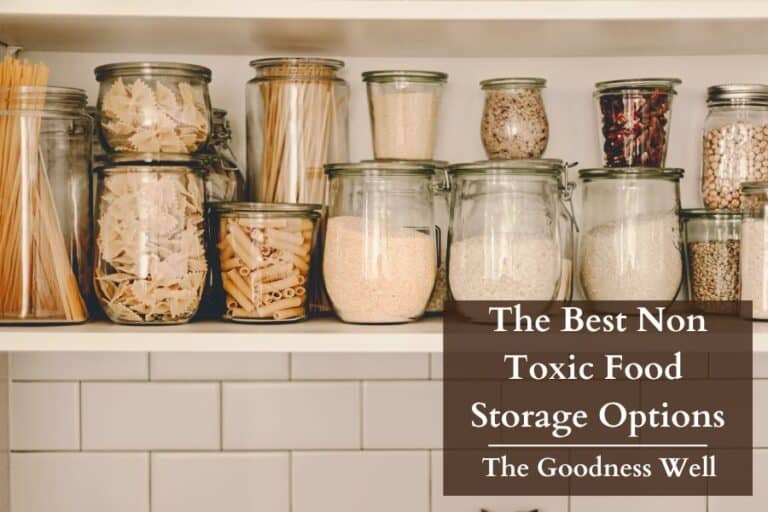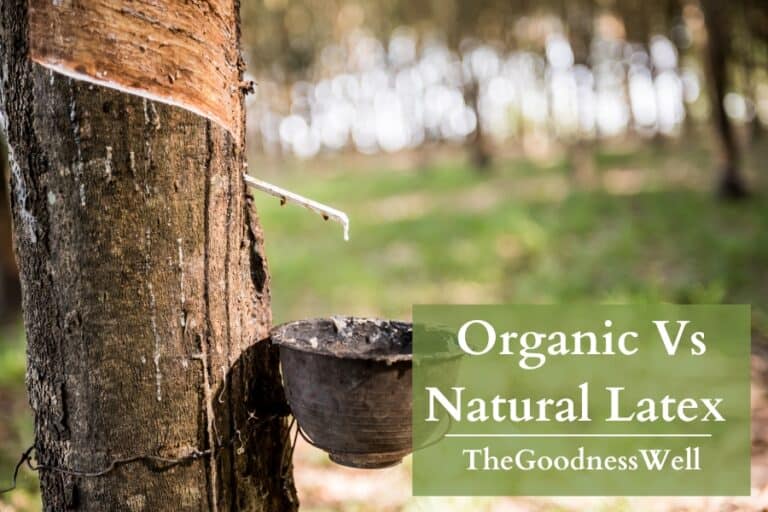The 11 Tips You Need to Transition To A Non Toxic Home
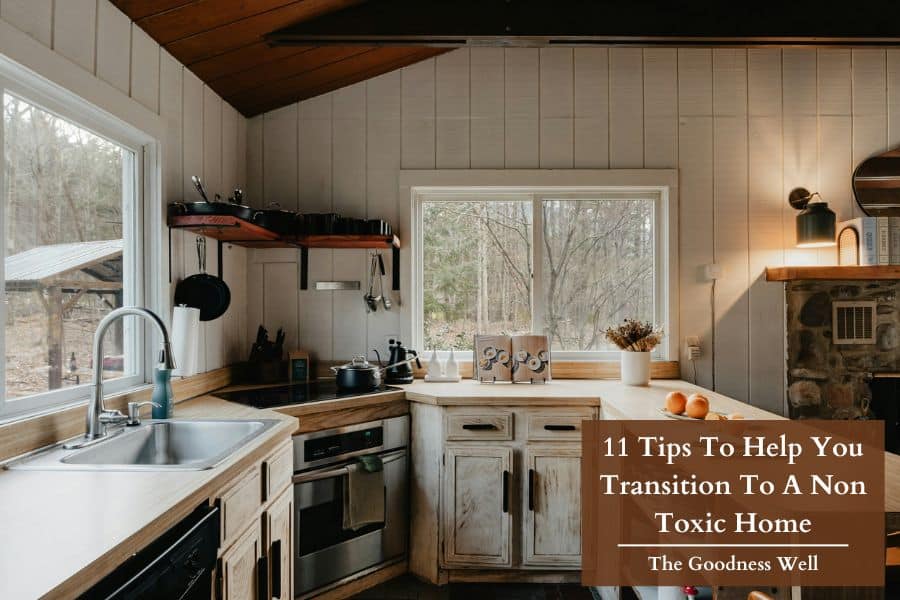
So, you’ve started noticing all the chemicals and harmful substances hiding in your food, skincare, cleaning products, and countless other items and now you’re ready to make a change and begin living a cleaner, nontoxic, and even more sustainable lifestyle.
…The question is, how?
It sounds easier said than done.
We’ve been there too.
We’ve made the switch, and while we’re not perfect and still learning, we’ve changed our lifestyle and haven’t looked back.
Using our own experience and what’s helped us along the way, we created this simple guide to help you take practical steps towards creating a non toxic home.
Like much of the information out there, we won’t just tell you what to avoid; we’ll also share what you should do instead and explain why.
11 Tips To Help You Achieve A Non Toxic Home
1. Use Natural Products
Whether it’s skincare products or cleaning products, there are many natural solutions that can give you the same benefits without the need for harsh chemicals.
While I’ll never say all chemicals are bad, MANY of the chemicals(phthalates, synthetic fragrances) in household items are harmful.

Instead of cleaning products, use a mixture of vinegar, baking soda, and lemon for cleaning. These natural ingredients are great at cleaning and disinfecting without exposing your family to harmful chemicals found in conventional cleaners.
For skincare and body products, look for shampoos, soaps, and deodorants free of harmful synthetic substances like aluminum, fragrance, and other harmful skincare chemicals.
You can also DIY your own products such as lotions, natural body butter, soaps and so much more.
2. Stop Using Synthetic Fragrances
Synthetic fragrances are filled with harmful substances. Some are even petroleum-based and include formaldehyde or formaldehyde-releasing agents.
These chemicals can be hidden in scented candles, skincare, cleaning products, air freshers, laundry detergent, soaps, and so many other products.
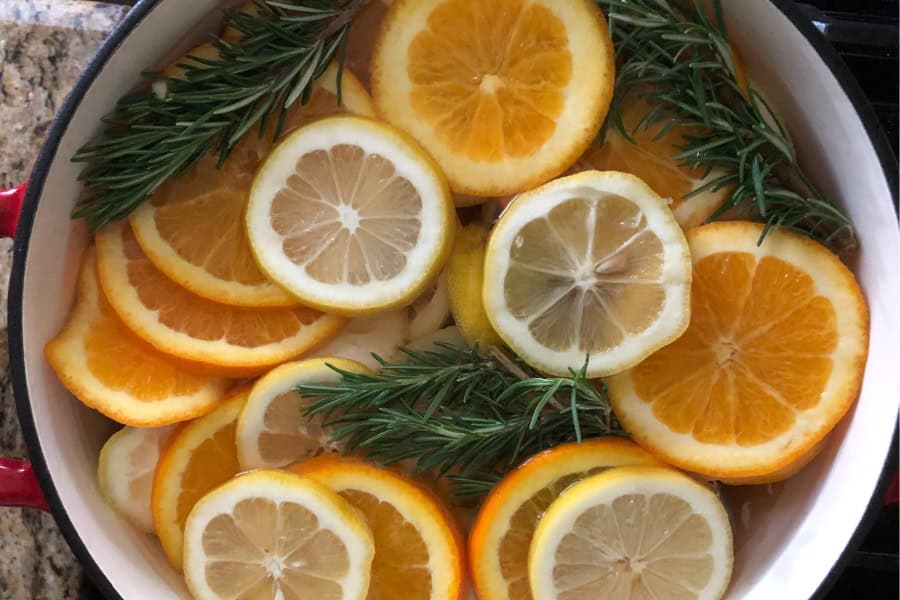
Instead, go natural and switch to unscented products. Avoid items with the terms parfum/perfume, fragrance, or scented anywhere on the label.
If you’re someone who still wants to add a scent to your home you can try essential oils like lavender or lemon but just be cautious as some essential oils include extra ingredients and even pure ones can cause a reaction if you’re allergic.
I like to use simmer pots, they’re natural and I can customize them to whatever scents I want. My favorite is adding used coffee grounds, cinnamon, and vanilla extract to a pot of water and letting it simmer. It smells like coffee cake!!
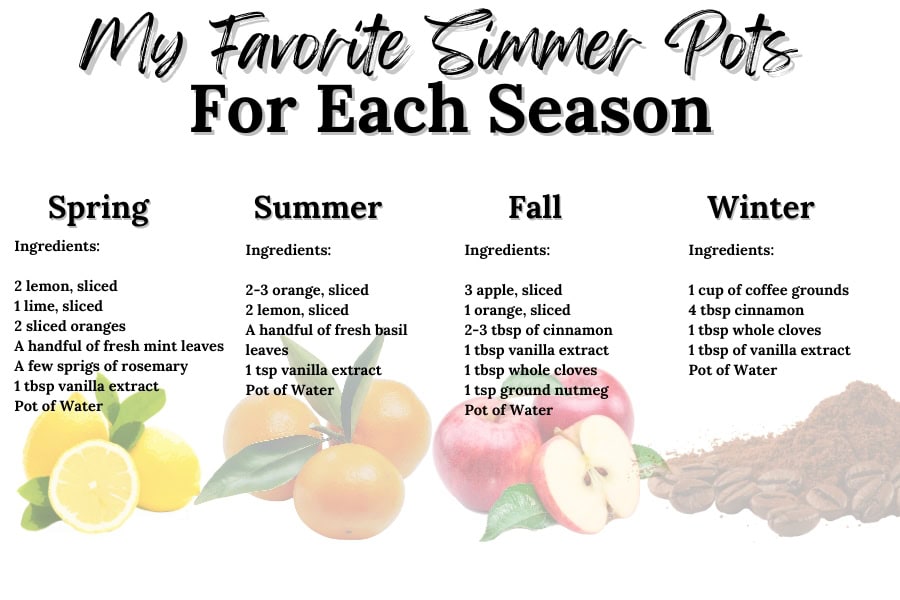
3. Filter Your Water
Using an effective filter can remove contaminants like chlorine, lead, and pesticides.
However, some filter brands make claims to filter a lot of things out of your water but even then your water still may not be as clean as you think.
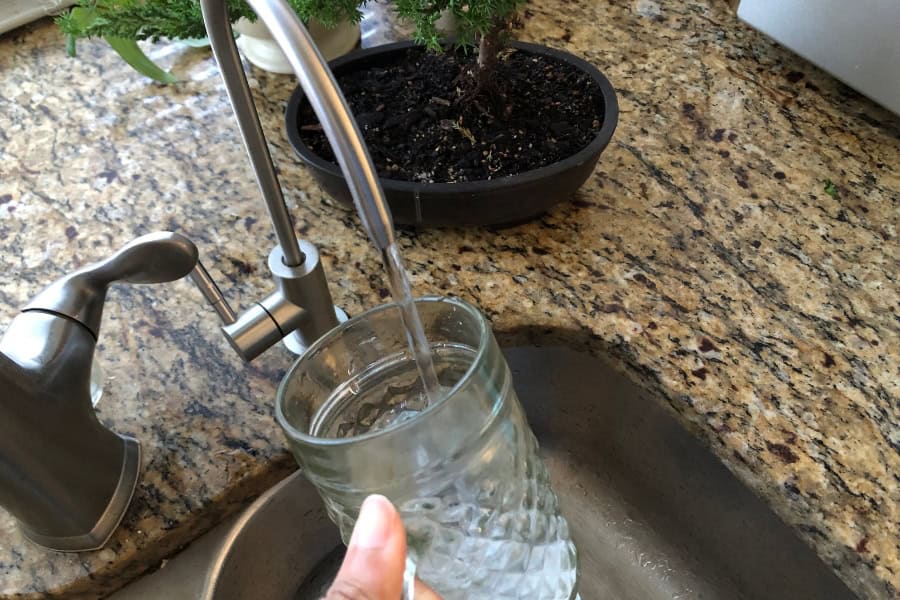
To be on the safe side these are the most effective filters to ensure safe water in your home.
- Water Pitcher Filter (fits Brita only)
- ISpring Reverse Osmosis Drinking Water Filtration System
- Frizzlife DW10F Under Sink Water Filter System
4. Choose Natural Fibers
Whether it be your clothes or sheets and blankets choosing a natural material like cotton can lower your exposure to microplastics, synthetic dyes, and chemicals.
Polyester, nylon, and other synthetic materials are heavily processed, not as durable, and release microplastics into waterways when washed.
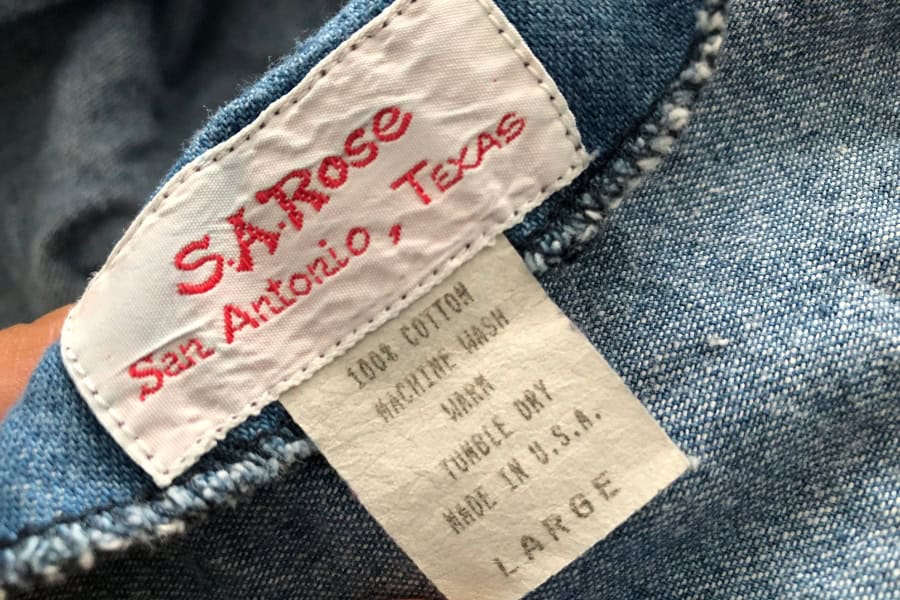
Natural fibers are breathable and free from chemical treatments which can actually reduce the risk of skin irritation and allergic reactions.
One of the best places to find clothes made from natural materials is at the thrift store.
The best natural fibers include:
- Cotton
- Linen
- Wool
- Silk
- Hemp
5. Be Mindful Of The Cookware You Use
If it’s non-stick, just go ahead and stop using it. Non-stick pans are coated with PTFE chemicals and other harmful substances that have been linked to many different health issues, including endocrine and hormone disruption.
Non-stick coatings can release harmful chemicals when heated or scratched. The last thing you want to do is cook a delicious and healthy meal only for it to be contaminated with harmful chemicals from your cookware.

Stainless steel, glass, and cast iron are durable and free and much safer options. While cookware like cast iron (my personal favorite) can call for maintenance, they are so worth it.
6. Remove Shoes Indoors
What started out as a pet peeve of mine became something I swear by.
If someone enters your home have them take their shoes off.
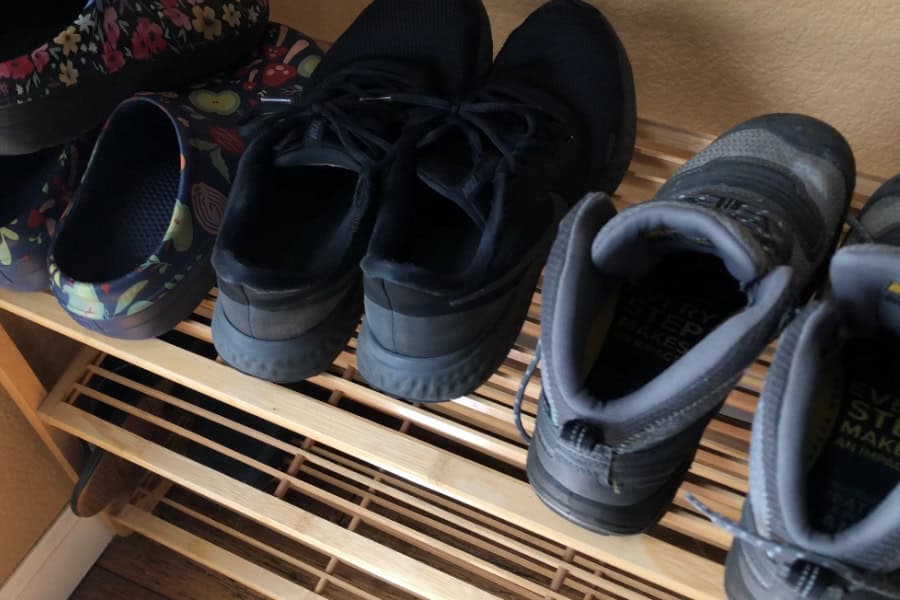
Shoes can track pesticides, dirt, and other contaminants. Removing them reduces indoor pollution and keeps floors cleaner. It’s a simple thing to do and ask of guests but it can go a long way for the cleanliness and safety of your home.
7. Improve Indoor Air Quality
You’d be surprised how many pollutants are roaming free around your home. And while that’s normal, there are some pollutants that can cause irritation, allergies, and other health respiratory issues.
Your exposure to pollutants such as dust, pollen, microplastics, and more can be significantly reduced by using an air purifier equipped with a HEPA filter.
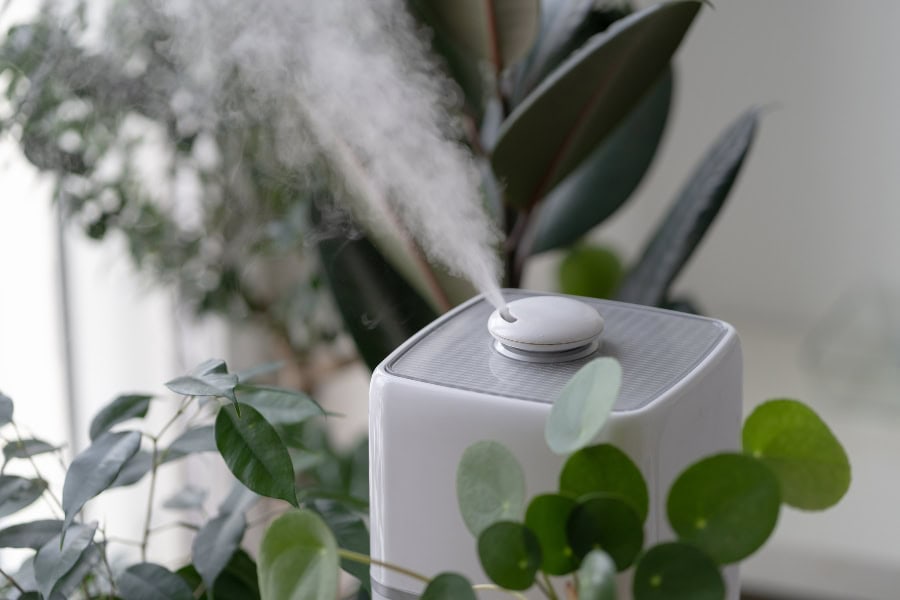
HEPA filters are highly effective at capturing even the tiniest particles. In fact, HEPA (High-Efficiency Particulate Air) filters are designed to capture at least 99.97% of particles.
By trapping these microscopic pollutants, HEPA filters help alleviate allergies, improve respiratory health, and create a safer indoor environment.
8. Avoid Plastics
This is where non toxic and sustainability meet in a beautiful way.
Plastics especially when heated like Tupperware in the microwave can release chemicals like BPA(or its variants) into your food and drinks.
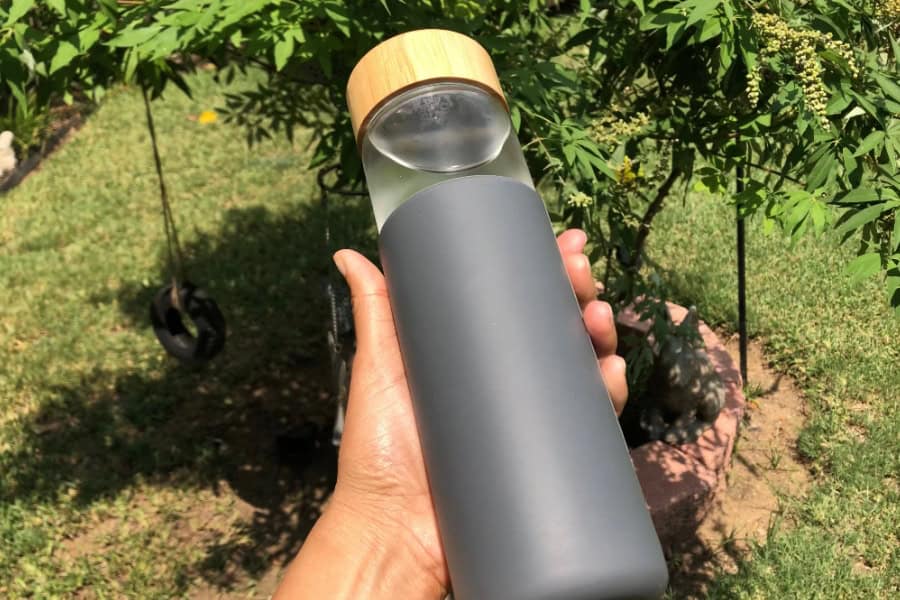
And while plastic is pretty much everywhere avoiding it when you can and looking for more sustainable options can help you avoid microplastics and chemicals found in plastic.
Making intentional steps to lower your plastic use can prove beneficial in more ways than one. Swapping out plastic for glass, stainless steel, compostable cardboard, and other sustainable materials can benefit your health and the environment around you.
Next time you go to the grocery store try using a reusable bag and buying little to no items in plastic.
Buy eggs in cardboard/compostable cartons and see how many items normally in plastic jars and containers you can find in glass or unpackaged instead.
Simple things like this can go a long way!!
9. Reduce Electronic Radiation
In today’s world, we’re surrounded by electronic devices that emit radiation, like phones, tablets, and Wi-Fi routers. Reducing exposure to this radiation can help improve sleep and your overall well-being.
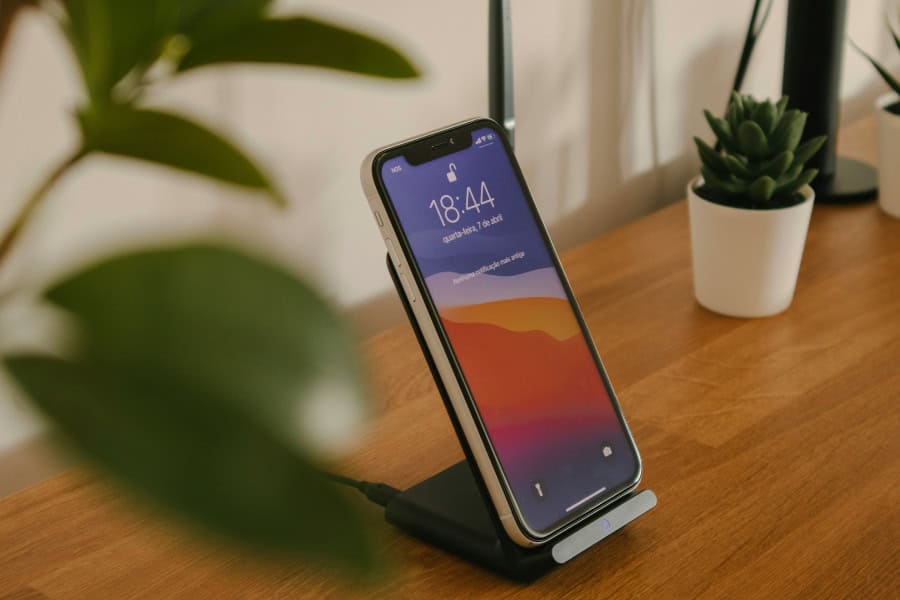
Keep your bedroom as free from electronics as possible. Try charging your phone outside the bedroom or using airplane mode while you sleep.
Even turning off Wi-Fi routers at night can significantly reduce your exposure.
This simple change can lead to better rest and a healthier living environment, helping to prevent sleep disturbances and reduce the potential long-term health risks associated with constant exposure to electronic radiation.
10. Use Natural Pest Control
So this is something we had to learn along the way at first. When we started growing our own food we found it difficult to keep pests away without harming bees, butterflies, and other pollinator friends.
We would spend hours squashing pests and taking insect eggs off of the underside of leaves. And although that was tedious in itself we knew we didn’t want to compromise on pesticides, especially because we wanted to grow all organic.
Luckily my mom, the garden connoisseur, came to the rescue!
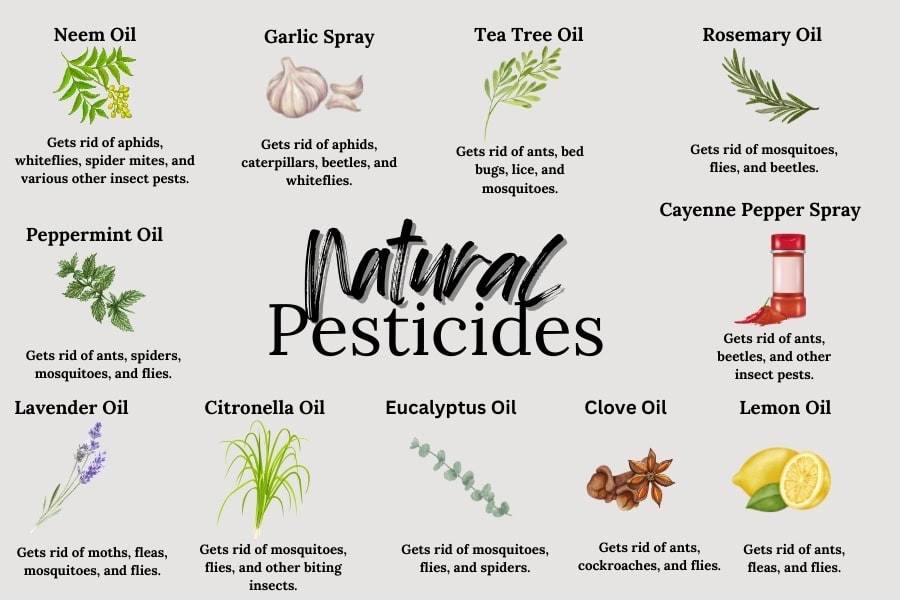
We started using, neem oil which is completely natural and safe.
It has made a world of a difference when it comes to the number of pests in our garden and around the house, even on indoor plants.
Now I’m not saying we’re completely bug-free, which wouldn’t even be natural or normal, but it has helped a lot!
There are plenty of other natural pest control options that work just as well as any pesticide and won’t put your health at risk.
11. Switch To Sustainable Furniture
While a lot of toxic materials and chemicals used 50 years ago have been phased out, there are some susbstances that persits within the furniture industry.
Substances and materials like fire retardants, lead, formaldehyde, synthetic fabrics, and more are all things you want to avoid in furniture.
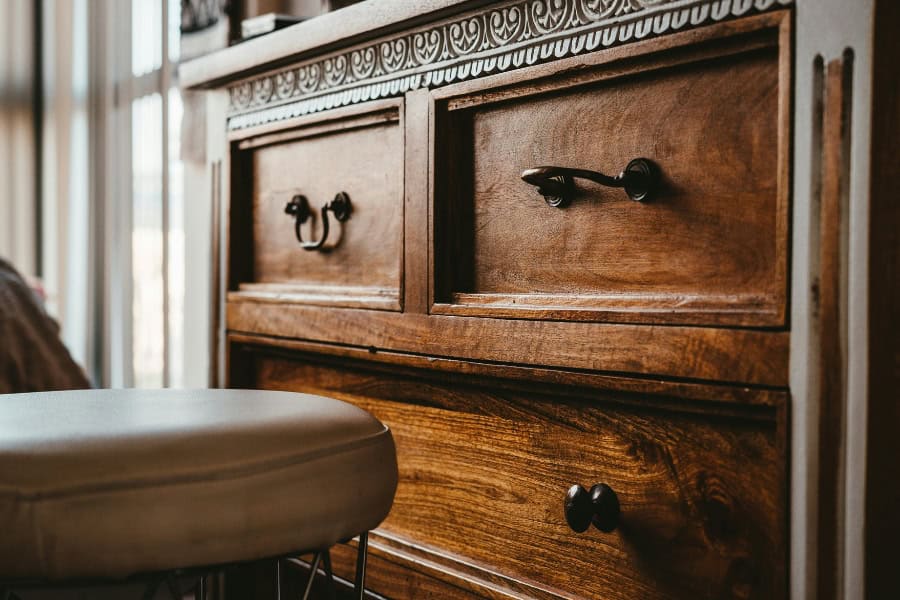
A lot of conventional furniture releases formaldehyde and other VOCs but choosing non toxic furniture can lower your risk and reduce indoor air pollution in your home.
Not to mention, if you shop high-quality furniture it’s usually much more sustainable. Sometimes this may mean you might have to buy more expensive furniture pieces made from authentic materials that will last much longer.
But on the other hand, you can do what we like to do and thrift or buy secondhand!
You can get some really unique, handcrafted timeless pieces this way. However, there are some items you don’t want to buy secondhand…
Ultimately, the goal is to be mindful of how furniture is made, as everything from the adhesives and fabrics to the materials used can contribute to the release of chemicals into your home.
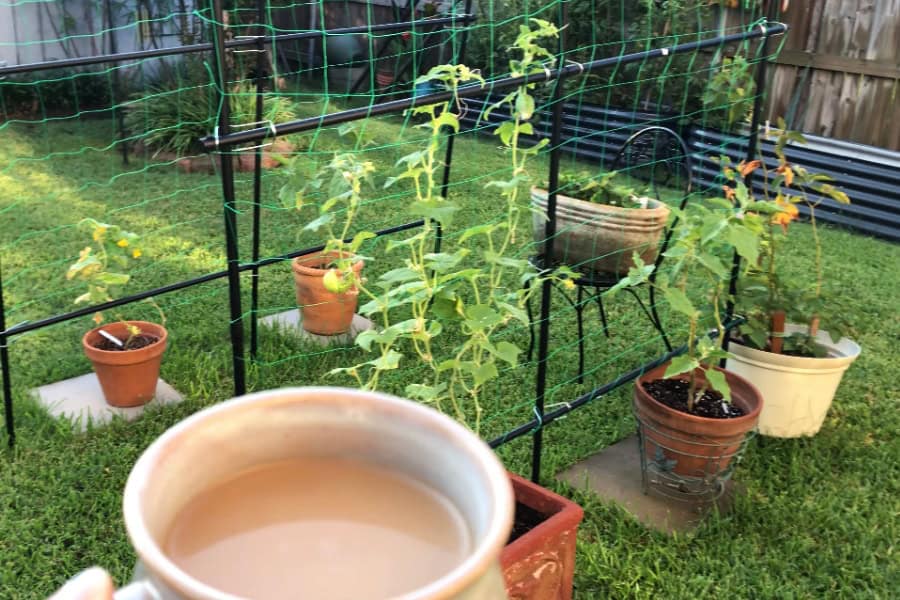
Final Thoughts
In all, achieving a non toxic home is not a destination but a journey. You’ll learn that some stuff will work for you and some just won’t and that’s okay!
Being mindful of our daily choices and understanding how the chemical-filled world around us impacts our health is key to living a cleaner, healthier life.
It’s about making intentional decisions day by day that reduce your exposure to harmful substances and promote overall wellness.
We hope this guide was helpful! Please comment and let us know what you think as well as any steps you’re taking on this journey!

